#Shelagh Weir
Photo

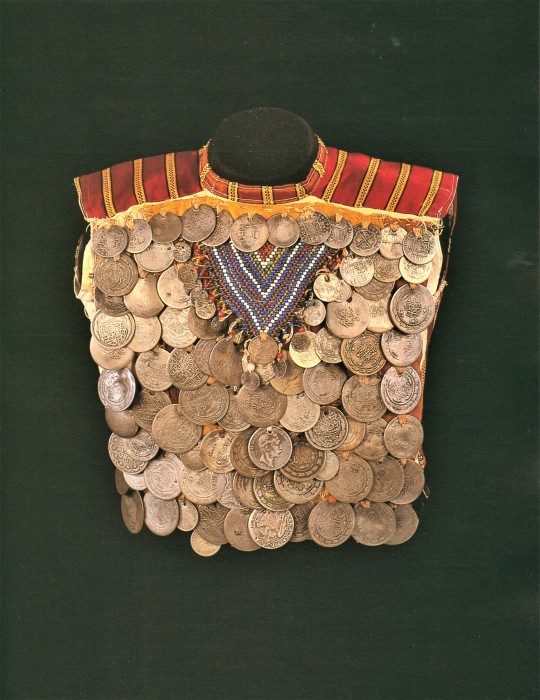

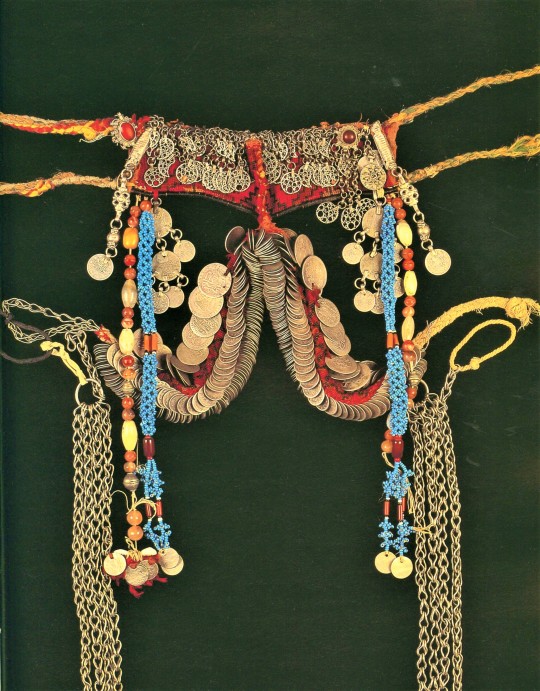


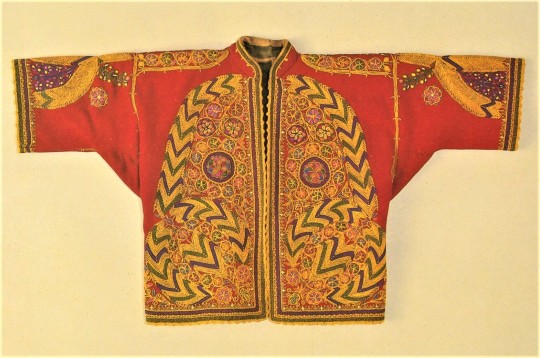
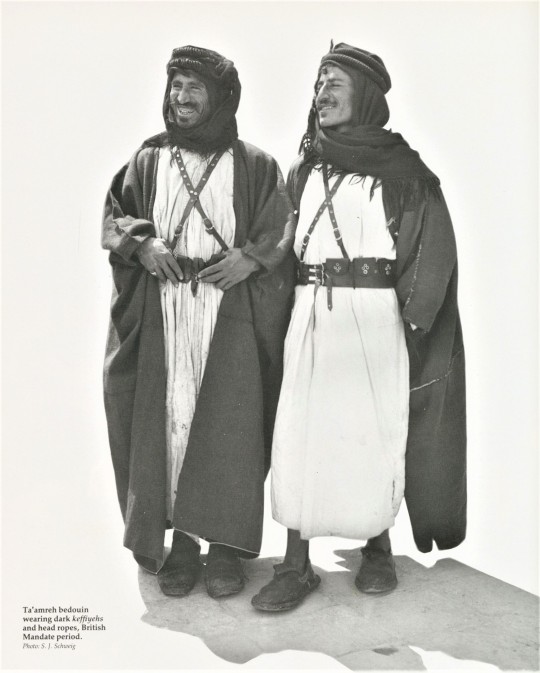
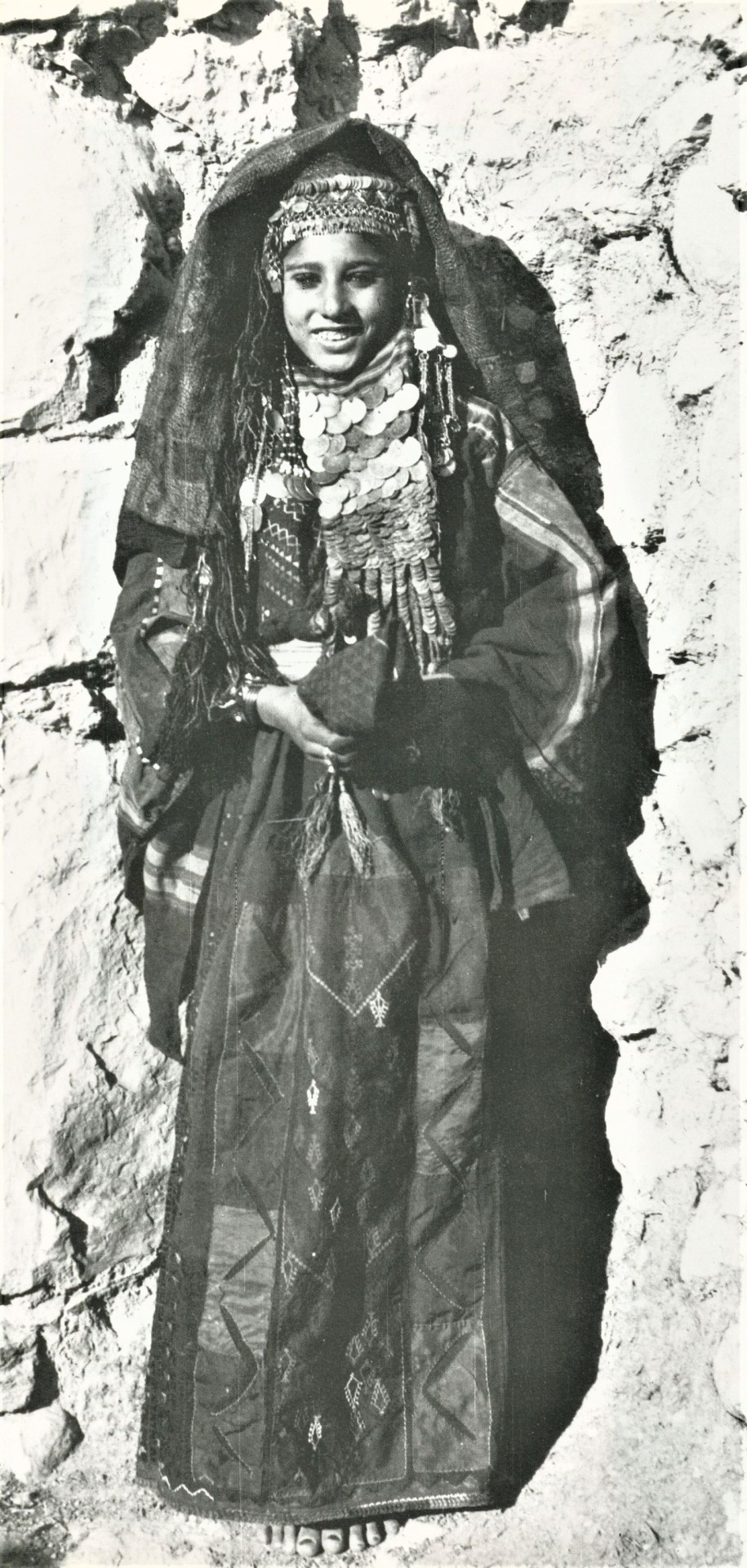

Fashion Friday
We’re highlighting traditional Palestinian garb this week, with illustrations from Palestinian Costume by the esteemed scholar of Palestinian costume, textiles, and embroidery, Shelagh Weir. Published by British Museum Publications of London in 1989, the book is the product of over twenty years of field research conducted by Weir as curator of Middle East Ethnography for the Museum of Mankind (British Museum). Weir pays special attention to the way costume acts as a sort of social language and pairs this linguistic reading of dress with an analysis of Palestinian wedding songs. It was designed by award-winning book designer Roger Davies and printed in Milan, Italy by Amilcare Pizzi, S.p.A.
Amilcare Pizzi (1891-1974) was an Italian footballer, typographer, and publisher who used his first paycheck from A.C. Milan to purchase a printing press in 1914. In 1933, Amilcare Pizzi became the first company in Italy to employ offset printing. Their factories were completely razed by Allied bombing in 1943, but Pizzi rebuilt and established an international reputation for fine art printing, working for institutions like the Metropolitan Museum of Art, the National Gallery, and the British Museum. The company’s own imprint, Silvana Editorale, publishes primarily exhibition catalogs and fine art monographs.
View photo captions (taken from the publication and edited for length) for more information about the images.
View more Fashion Friday posts here.
-Olivia, Special Collections Graduate Intern
#Fashion Friday#Palestinian Costume#Shelagh Weir#British Museum#Museum of Mankind#Palestine#Palestinian History#Textiles#Embroidery#Roger Davies#Amilcare Pizzi#Silvana Editorale#costume design#olivia
316 notes
·
View notes
Text

💟 solidarity from the peoples of brazil to the people of palestine—
last year, @fairuzfan suggested that people make art in support of palestine. i planned something that was supposed to be posted on the last strike, but it took me longer than expected.
it's finished now! this is in solidarity with palestinians, including palestinian-brazilians, who have been working tirelessly for justice in brazil as well.
i chose to highlight aspects of the land that are important to palestinians and the palestinian cause: the olive trees, jaffa oranges, the figs, poppies, faqqua irises and the palestinian mountain gazelle. the figure of the woman itself is wearing the traditional thobe and headwear of ramallah, which i found! so beautiful!
for the brazilian figure i asked my grandma what she used to wear and what our family used to plant decades ago, when she lived in the northeastern countryside (she is way more familiarised with the land than me). had some help from friends of the region as well, so i drew a jaguar, manioc roots, corn, cashews, sweet potatoes, a carnaúba palm tree and mandacaru flowers.
some of those, such as manioc roots and mandacaru cacti, remind me of resilience and the sustaining of life in difficult times, and what they may allow to flourish and to go on:
vida e não apenas sobrevida. that is, "life and not only survival!"
may palestine and it's people live! live free from every form of oppression that allowed this genocide, this nakba to take place.
inspirations & sources bellow the cut.
inspired by the art of sliman mansour and dana barqawi, as well as palipunk & orangeblossombitch @ tumblr and nadasink @ instagram.


the books recommended by @palipunk (much thanks to you for making them available)
♥️ palestinian costume por jehan rajab
♥️ palestinian costume por shelagh weir
♥️ traditional palestinian embroidery and jewelry por abed al-samih abu omar
al-jazeera documentary about the preservation of palestinian thobes (i do not understand arabic yet but! it allowed me to have a closer look at the coins and headwear):
youtube
sites about tatreez
♥️ https://www.folkglory.com/ (i based the chest pannel on this item from their shop here.)
♥️ https://www.tatreezandtea.com/
♥️ https://tirazain.com/archive
and the palestinian museum digital archive!
♥️ https://palarchive.org/
#palestine#free palestine#strike for palestine#full color#original#marion draws a thing#@troopingfairy is my main in case this seems sudden; i have been keeping up with what's happening in palestine for a while now
2K notes
·
View notes
Text

@khalidistan I can make a list! I can't say how easy it is to find some of these online (I got really lucky with some of them or had them gifted to me) but I can just rec them here
Traditional Crafts of Saudi Arabia by John Topham and others
Oman from Stacey International London
The Story of the Eastern Province of Saudi Arabia by William Facey
Arabia Felix by Pascal Maréchaux
Bedouin Jewelry in Saudi Arabia by Heather Colyer Ross
The Art of Arabian Costume by Heather Colyer Ross
Liban er Levant d’Hier by Richard A. Chahine
Splendors of the Ottoman Sultans by Dr Nurhan Atasoy
(including this one because of the references it makes to Palestine but if you are interested in Egypt too I recommend it!) The Traditional Jewelry of Egypt by Azza Fahmy
And I have three Palestinian culture books I've already scanned and uploaded online and these are:
Palestinian Costume by Shelagh Weir
Palestinian Costume by Jehan S. Rajab
Traditional Palestinian Embroidery and Jewelry - Abed Al-Samih Abu Omar
Link to these: https://www.tumblr.com/palipunk/732988749793886208/palestinians-of-tumblr?source=share
#west asia#book recommendations#khalidistan#traditional clothing#i don't have alot of time to do book scanning because of work and school and I don't own a scanner but I will try eventually
460 notes
·
View notes
Text

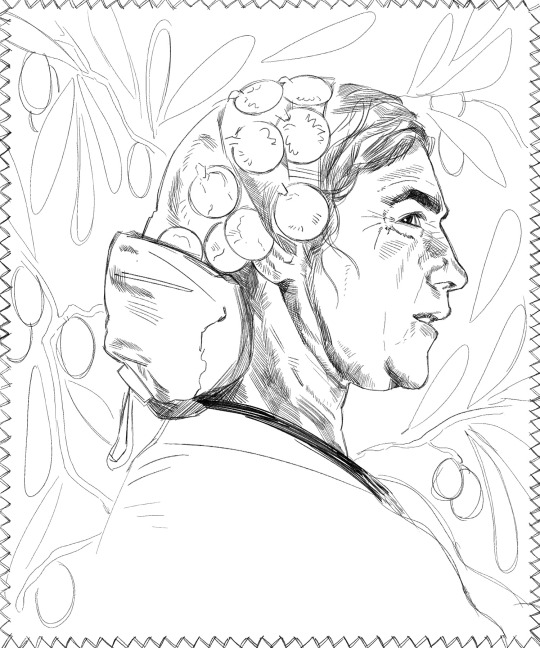
olive trees 🫒
studies based on the beautiful pictures from “Palestinian Costume” by Weir Shelagh: the book is available here for free.
#my art#artists on tumblr#palestine#artists for palestine#from the river to the sea palestine will be free#from the river to the sea
37 notes
·
View notes
Text

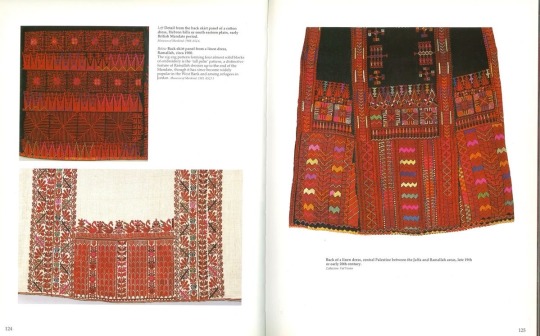


Palestinian costumes by Shelagh Weir
“Up to 1948, and to an extent still today, styles of dress reflected the major social divisions of Palestinian society. Male and female costume differed primarily according to whether the wearer was a towndweller, villager or bedouin, and secondarily according to the region they came from. Within each region there were also finer distinctions between the costumes worn by the women of different villages and bedouin tribes, though less so that of men.
Several distinctly different styles of dress could and did co-exist in each village or region at any one time; some elements of costume did indeed vary regionally, but others were common to several regions and some to the entire country.”
- @/majesstyyy via IG
#palestine#save palestine#palestinian culture#Palestinian clothes#Nablus#yaffa#gaza strip#gaza#save gaza#freepalestine#free gaza#free palestine#Middle East#culture#Arab#arab culture#traditional clothing
25 notes
·
View notes
Text
books and websites on Palestinian fashion and traditions
Shelagh Weir (2008). Palestinian Costume . Middle East : Interlink Books. 384 pages.
Hanan Karaman Munayyer (2020). Traditional Palestinian Costume: Origins and Evolution. uk: Olive Branch Press . 560 pages.
Maha Saca Iman Saca (2006). Embroidering Identities: A Century of Palestinian Clothing (Oriental Institute Museum Publications). usa: Oriental Institute of the University of Chicago; Illustrated edition. 48 pages.
Rajab (1989). Palestinian Costume . uk: Kegan Paul International. 256 pages.
1 note
·
View note
Photo
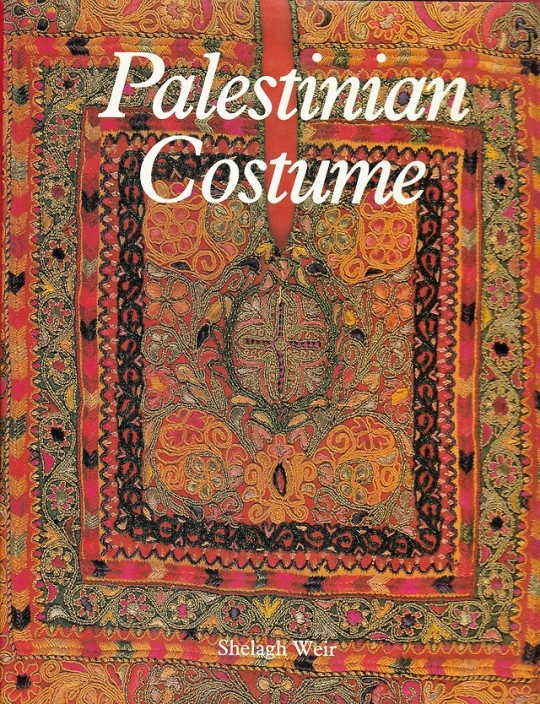
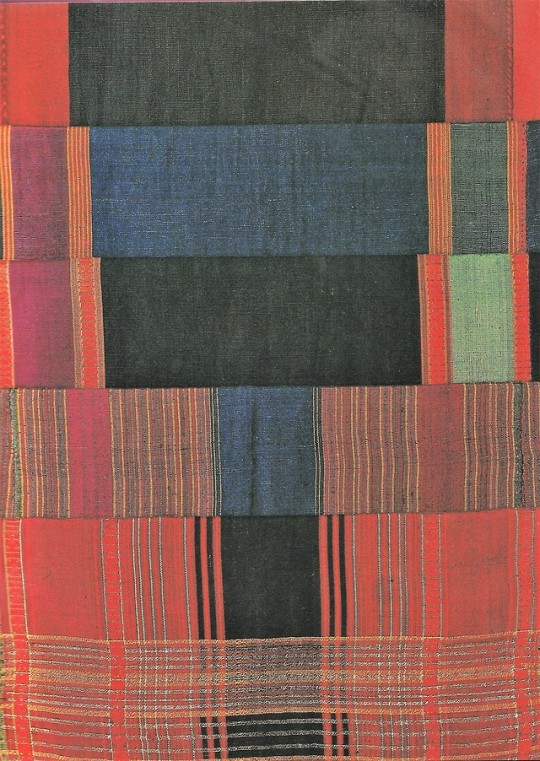
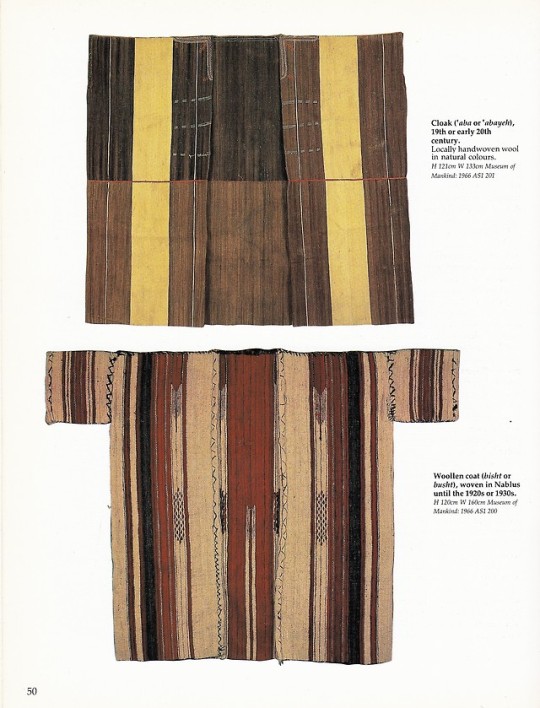


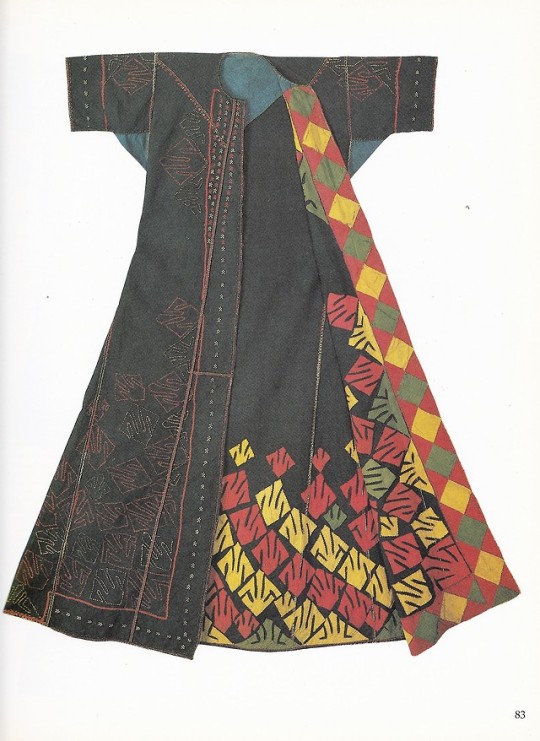

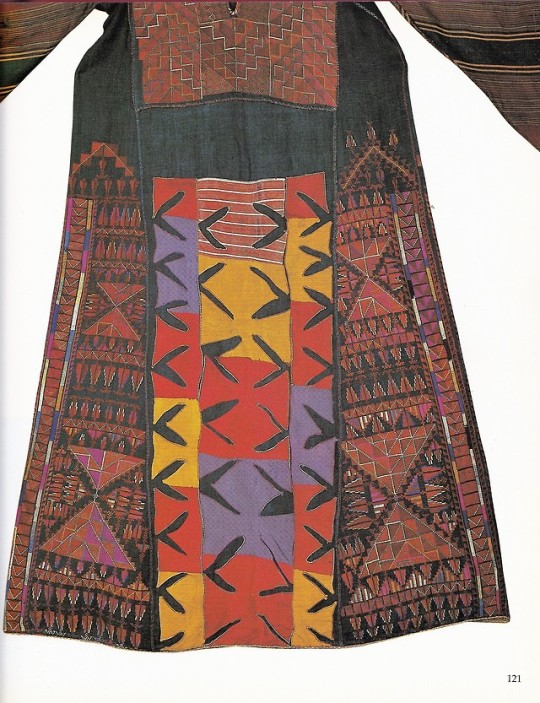
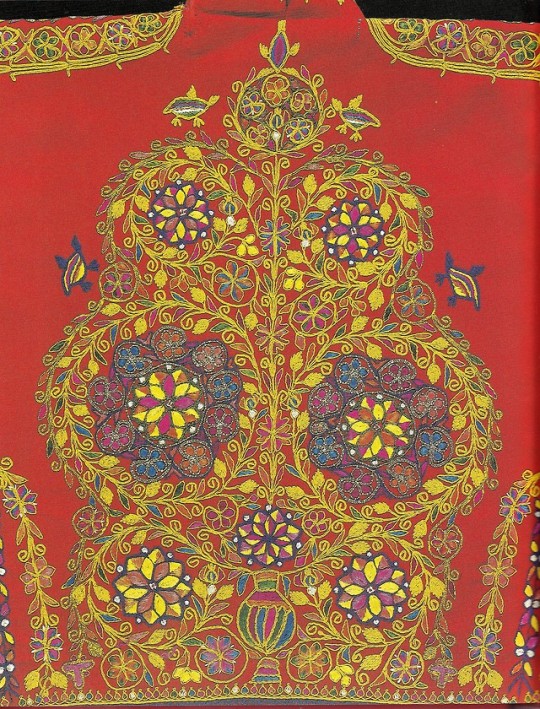

Palestinian Costume
Shelagh Weir
British Museum Publications, London 1989, 288 pages, hardcover
euro 40,00#
email if you want to buy :[email protected]
The traditional costumes of the Palestinian villagers and Bedouin are of exceptional beauty and diversity, especially the festive costumes of the women with their lavish silk embroidery and patchwork and their dramatic headdresses encrusted with coins. This book surveys male and female fashions from the early nineteenth century to the end of the twentieth, and describes the main regional styles of costume, their materials and ornamentation, against the background of Palestinian life and culture. The emphasis throughout the book is on the social and symbolic significance of costume, and the final chapters analyze in detail the language of costume in the context of the wedding. The book is based on extensive field research the author has conducted at intervals since 1967 among Palestinians in Israel, the Occupied Territories, and Jordan. The illustrations include studio photographs of magnificent garments in the British Museum and other collections, archive photographs from the nineteenth and early twentieth centuries, and recent photographs of costumes still made and worn.
orders to: [email protected]
twitter: @fashionbooksmi
flickr: fashionbooksmilano
instagram: fashionbooksmilano
tumblr: fashionbooksmilano
7 notes
·
View notes